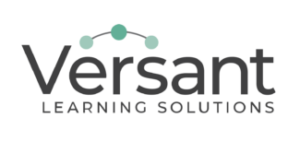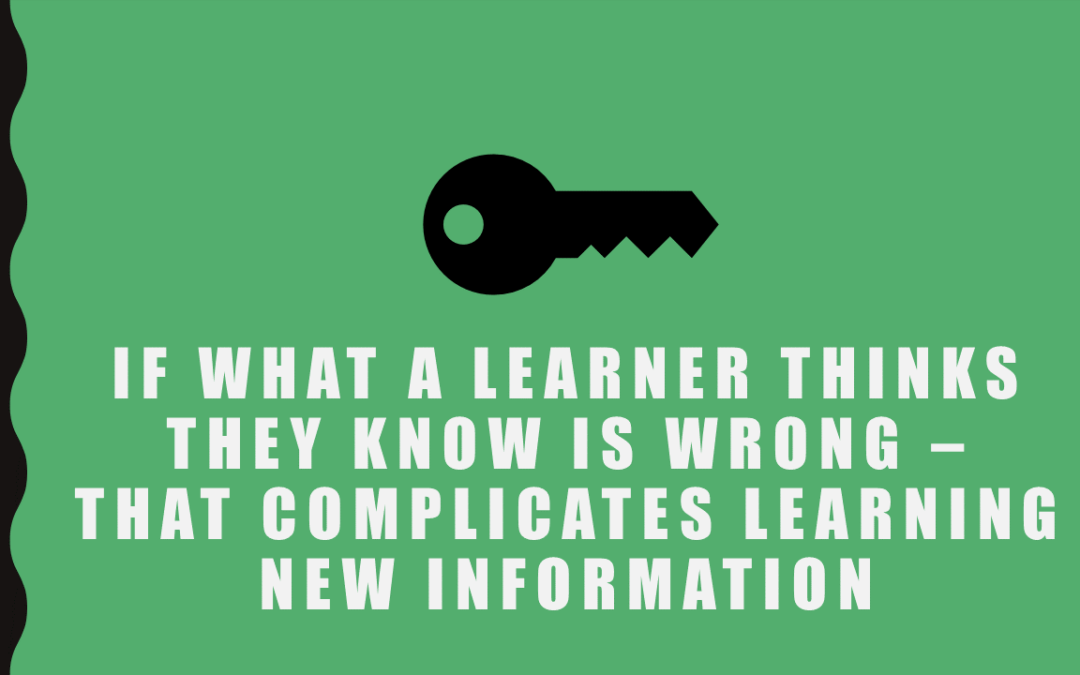It’s Difficult to Learn New Material With Poor Background Knowledge!
Providing training to a group of Medical Affairs associates (e.g., MSLs, Medical Directors, Medical Information technicians, Scientific Communication members) can be an intimidating undertaking! The training must efficiently and effectively educate a group of already “highly educated” adults. That’s no easy task.
In this article, we’re going to explore some potential pitfalls of training “D-Degree” professionals. Even brilliant subject matter experts (SMEs) can fail to learn new material, and we will explore one reason behind those failures. Additionally, subsequent articles will investigate other troublesome barriers to learning.
Consider This Scenario:
An employee transfers to a new field team. The therapeutic area remains the same, but the specific product has a different mechanism of action, and the target market is different. Relevant key opinion leaders (KOLs) for the product reside in the payer system, and the employee must learn an unfamiliar vernacular to conduct scientific exchange. The employee finds this new environment a challenge even though they are well trained in the space. Why would this be the case?

Inappropriate Background Knowledge
Sometimes the prior knowledge is inappropriate within a current context [1]. In this case, a prompt for the individual to retrieve prior background information may not be a great idea. Most fields contain bottleneck concepts that can be difficult to understand at first and, without mastery of the topic, will impede further learning [2]. Researchers call these ‘threshold concepts’ an entry point for deeper understanding [3, 4].
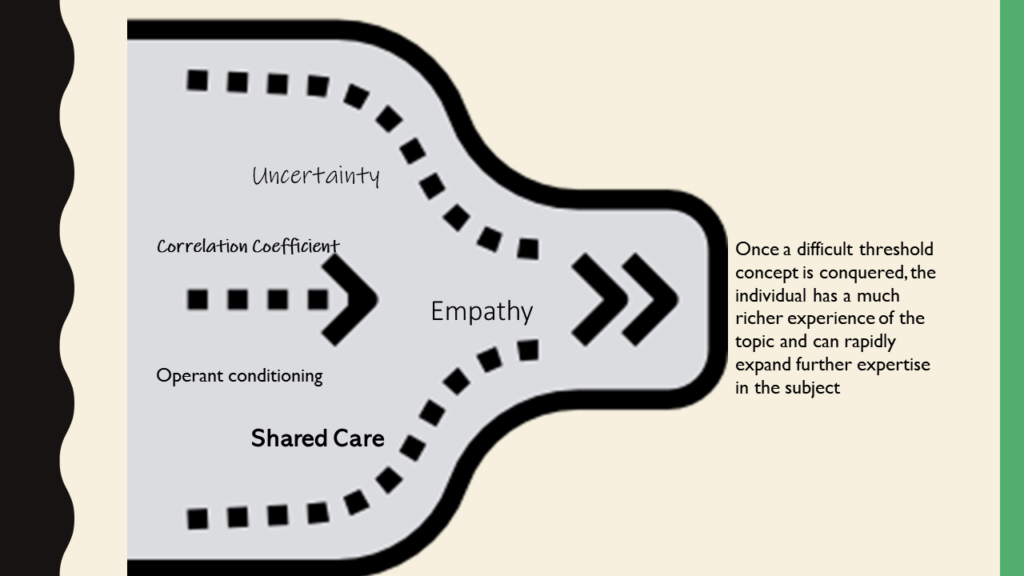
One situation in which prior knowledge can disrupt learning and performance is when learners import ordinary meanings into technical contexts. Consider the following examples:
- Theory – In science, a “theory” has been substantiated through extensive testing, but a layperson considers a “theory” to be an untested idea [5].
- Significant – In statistics, something is “significant” if the difference is unlikely to be due to random chance, but that’s not the same thing as a meaningful difference [5].
- Negative Reinforcement – In psychology, this is the removal of an aversive stimulus that subsequently increases the likelihood of a behavior (e.g., shock turned off when rat moves to one side of a cage), whereas a student may interpret it to mean the application of a noxious stimulus to prevent a behavior (the correct term for this is punishment) [6].
The everyday meaning of a term is not incorrect but can confuse the learner. Unfortunately, there can even be a confusion of terminology between scientific disciplines. Knowledge of one subject may obstruct learning and performance in another subject if the student applies prior expertise in inappropriately.
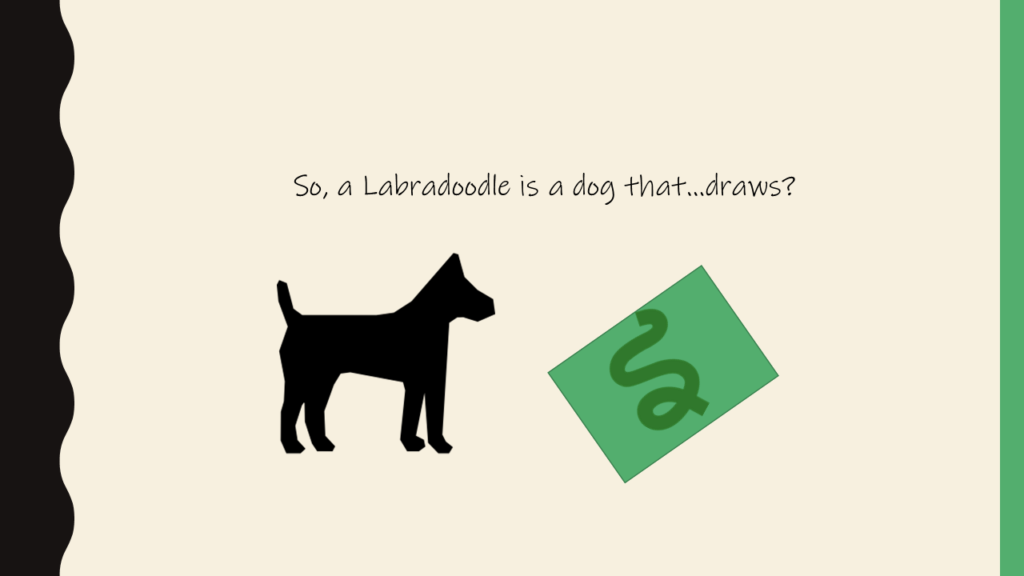
Every field has unique ‘lingo’ that can be a barrier to comprehension [2]. A great example is the abbreviation ‘IU’ for the international unit used to denote drug activity. Readers may see ‘IU’ as ‘IV’ (intravenous) [7]. What a misinterpretation! Therefore, if what a learner ‘remembers’ is inaccurate or inappropriate for the context [8], new problems arise for future knowledge consolidation.
Analogies
Analogies serve a critical pedagogical function, allowing instructors to build on what students already know to help them understand complex, abstract, or unfamiliar concepts. For example, relationships in astronomy (planets revolving around the sun) can relate to relationships in physics (electrons spinning around a nucleus) [9]. Science and medicine are full of abstract and challenging concepts that are easier to understand by analogy [10].
Analogies must be relevant to the learner, and so, at times, it’s a good practice to share multiple parallels with the audience [11]. However, sometimes an analogy may be limited in ways that an MSL fails to appreciate or that cause future issues in comprehension [12].
Example: The GI tract as a series of PVC pipes fails to make clear the complexity of the situation.

Example: The idea of electrons revolving around a nucleus falls apart when scrutinized. Therefore, the trainer should strive to help the audience remember the content and not just the analogy [11].
Research suggests that teachers should be explicit regarding conditions and contexts in which knowledge is applicable, it can help them avoid applying prior knowledge inappropriately. In addition to inappropriate background knowledge, learners may also experience inaccurate or insufficient background knowledge. This is why understanding the audience is so important when creating training materials.
Inaccurate Prior Knowledge
The frame of reference is also strongly influenced by experiences, paradigms, schema, and emotions [1]. In aggregate, these various components affect how learners perceive themselves, the instructor (e.g., managers, peers, facilitators), and the learning content [2]. Sometimes the individual’s perspective is inaccurate or insufficient for the task at hand. But how do you know that? And what do you do?
Consider This Scenario:
An employee participates in a training session on presentation skills. The employee presents frequently, and people have told them that they are an excellent presenter. Therefore, there is not a need for the employee to listen to the facilitator because they are great at the skill. What they may not perceive is that the feedback was not constructive and there are methods they could use to become an even stronger presenter.
Misconceptions
More serious is the instance in which a learner has acquired inaccurate prior knowledge. MIsinformation may disrupt or prevent further knowledge acquisition [1]. These erroneous understandings are called alternative conceptions or misconceptions [2]. In general, adults are resistant to information that conflicts with their prior knowledge [3, 4], particularly if it relates to beliefs about fundamental properties of their perceived world [2].
Often these ‘facts’ are firmly entrenched in memory and will be endorsed with high confidence [5]. Learners may ignore, discount, or resist information presenting during training experiences that conflict with their inaccurate knowledge [6, 7]. Learners may be unaware that they hold an incorrect belief and that misconception is challenging to reframe.
- Reinforcement of misconceptions occurs over time
- A misunderstood fact was correct in multiple past experiences
- False knowledge ‘facts’ often include both accurate and inaccurate elements
Examples:
- The often cited ‘we use 10% of our brains’ statement without a wider understanding of neuroscience and limitations behind the ‘fact.’
- The belief that alcohol elevates body temperature because someone experienced that sensation when drinking to excess.
- The idea that a momma bird’s sense of smell is so sensitive that they reject babies touched by humans.
Correcting a Misconception
If a learner ’knows’ a fact, then a single correction of the learner’s knowledge is rarely enough to result in a revision of deeply held misconceptions. What? In other words, someone knows that the Great Wall of China is visible from space. Everyone ’knows’ that fact. Unfortunately, that fact is incorrect. In this case, the learner has heard and read a statement repeated multiple times over the years. You have now read a correction. Will you believe it at face value? Likely you will not, and so I provide a source here.
In fact, education research studies demonstrate that deeply held misconceptions often remain following direct instructional interventions [8-10]. Changing a learner’s mindset and revising knowledge frameworks occurs gradually over time. Professionals in learning and development experience situations in which they share knowledge and discuss it, but students do not retain or implement the knowledge gained in a training event.
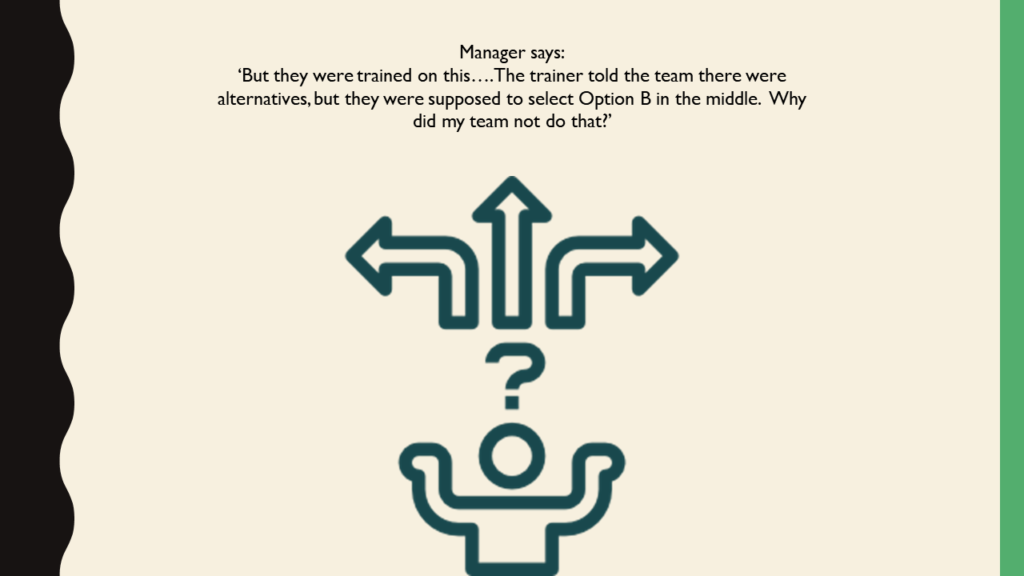
Knowledge is malleable. Studies suggest incorporation of errors into a knowledge schema that was correct [11, 12]. Detrimental effects of suggestibility are not limited to intricate pieces of information [11]. Ironically, this can occur even when clearly labeled as fiction [13, 14]. Given this, caution may be appropriate when considering the incorporation of user-generated content in training materials.
A personal anecdote:
In a past training opportunity with a new hire, the hiring manager praised the background of the individual and assured me that this person did not even “need” training. At that time, new hire onboarding was done in 1:1 meetings. I was concerned and unsure how the training and discussions would go. I was pleasantly surprised! The new hire had a great deal of prior knowledge, which provided a solid foundation for discussions and allowed me to go deeper into the data.
Even though the new hire had prior knowledge in the therapeutic area, there were areas of insufficient and inaccurate information. During the training, these became areas of lively discussion. It made me appreciate the process of identifying areas where I could help the learner exceed expectations and perform at a high level in the field. A key takeaway for me was that it could be beneficial to reframe the discussion about prior knowledge as an opportunity to assist the learner to fine-tune performance.
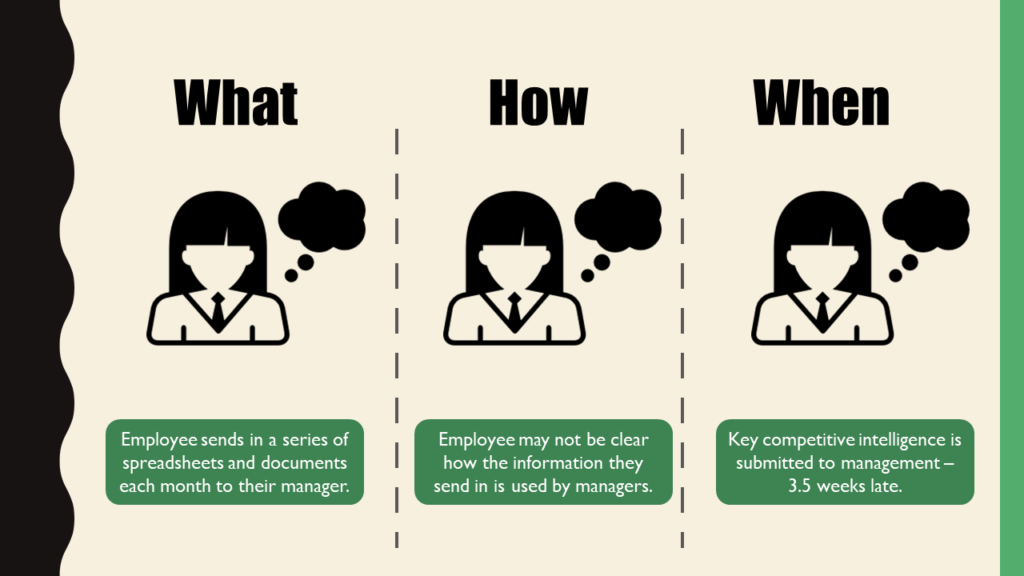

As good people managers always say, “come with solutions,” so we’ll provide some suggestions and best practices that may help you avoid these pitfalls shortly!
I would love the hear your comments, please contribute below.
Related:
https://versantlearning.com/failing-link-new-data-during-training/
REFERENCES:
- Ambrose, S.A., et al., How Learning Works: 7 Research-Based Principles for Smart Teaching. 1st ed. 2010, San Francisco, CA: Jossey-Bass.
- Lilienfeld, S.O., et al., 50 Differences That Make a Difference: A Compendium of Frequently Confused Term Pairs in Psychology. Frontiers in Education, 2017. 2(37).
- Meyer, J.H.F., R. Land, and C. Baillie, Threshold Concepts and Transformational Learning. Educational Future: Rethinking Theory and Practice, ed. M.A. Peters. Vol. 42. 2010, Rotterdam, The Netherlands: Sense Publishers.
- Rheum, J. Before and after students ‘get it’: threshold concepts. 2013 November 6 [cited 2018 June 22]; Available from: https://teachingcommons.stanford.edu/teaching-talk/and-after-students-get-it-threshold-concepts.
- Ghose, T. “Just a Theory”: 7 Misused Science Words. 2013 April 2 [cited 2018 June 22]; Available from: https://www.scientificamerican.com/article/just-a-theory-7-misused-science-words/.
- State Government of Victoria Australia. Introducing Scientific Language. 2017 July 7 [cited 2018 June 22]; Webpage]. Available from: https://www.education.vic.gov.au/school/teachers/teachingresources/discipline/science/continuum/Pages/scilang.aspx.
- Wahl, J.R. Abbreviations, charting and malpractice: Be careful what you write. 2007 February [cited 2018 June 22]; Available from: https://www.healio.com/endocrinology/practice-management/news/print/endocrine-today/.
- Alvermann, D.E., L.C. Smith, and J.E. Readence, Prior Knowledge Activation and the Comprehension of Compatible and Incompatible Text. Reading Research Quarterly, 1985. 20(4): p. 420-436.
- Schmidt, G.L., et al., Not all analogies are created equal: Associative and categorical analogy processing following brain damage. Neuropsychologia, 2012. 50(7): p. 1372-1379.
- Orgill, M.K. and M. Thomas, Analogies and the 5E Model. Science Teacher, 2007. 74(1): p. 40-45.
- The University of Akron. Using Analogies. Best Teaching Practices [Website] 2018 [cited 2018 June 22]; Available from: https://uakron.edu/cpspe/agpa-k12outreach/best-teaching-practices/using-analogies.
- Kipnis, N., Scientific Analogies and Their Use in Teaching Science Science and Education, 2005. 14(3-5): p. 199-233.
